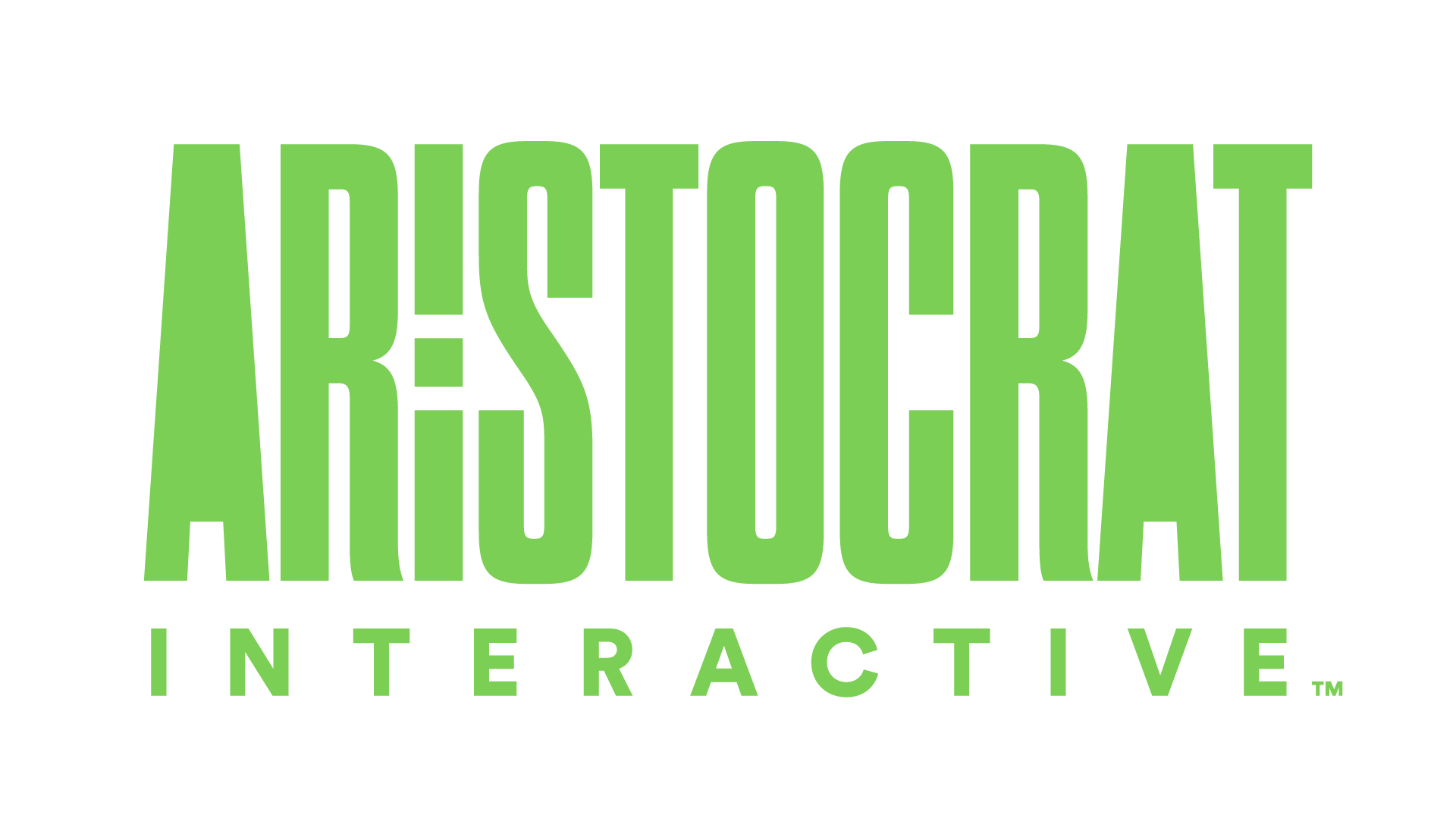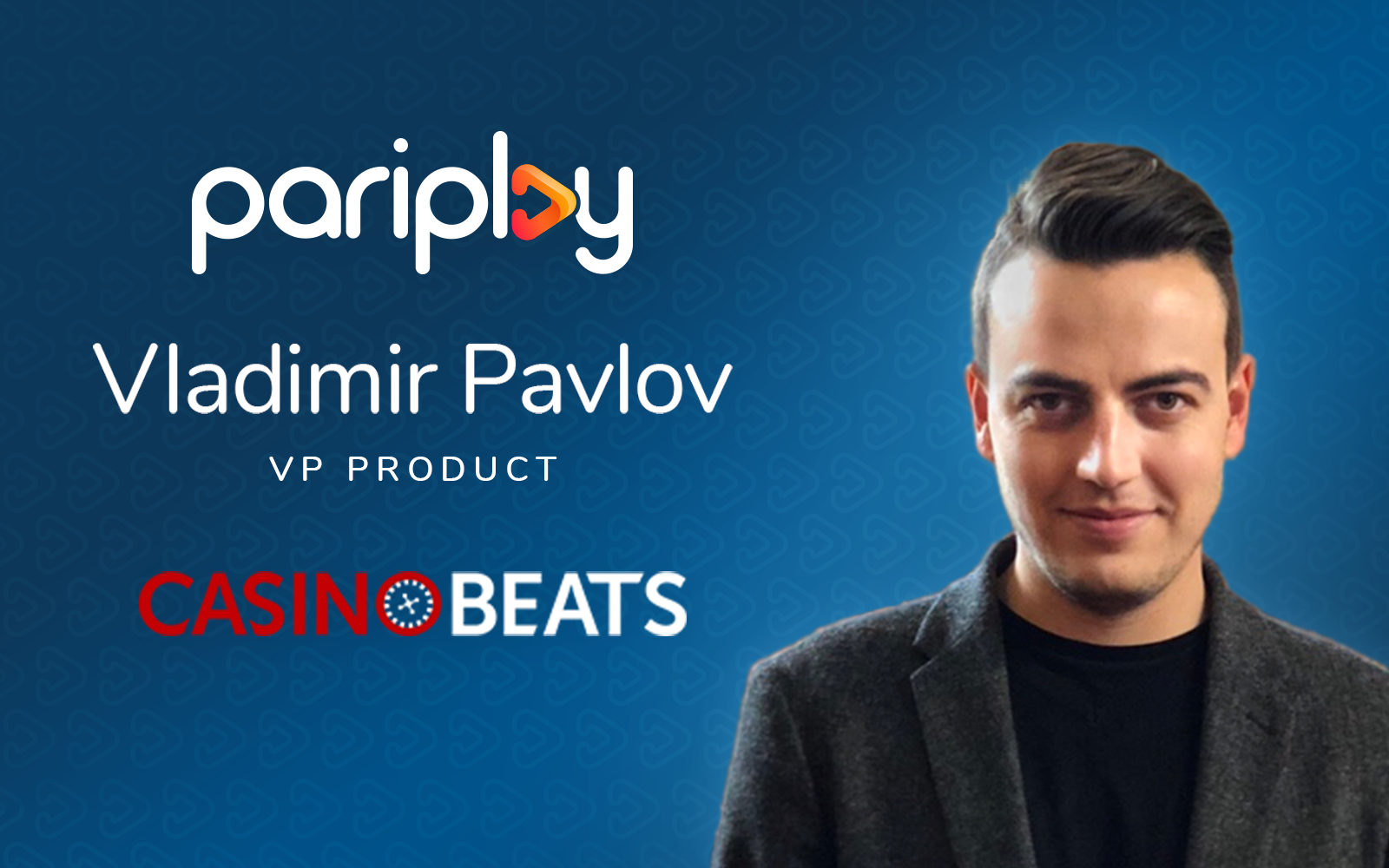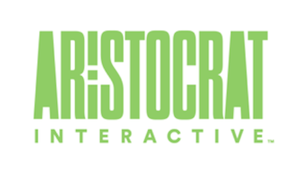As seen on CasinoBeats – part one & part two
As a buzzword across many industries, gamification is often overlooked or misunderstood by the igaming sector, sometimes dismissed as simply a game within a game. But recent years have shown that gamifying an offering is a vital ingredient in maximising the user’s experience.
What new kinds of gamification are we seeing arriving on the scene and which ones have proven most effective so far?
It has never been more crucial for operators and game suppliers to engage players, so we are seeing a lot of movement in this area. Tournaments are currently performing extremely well and as a result we are seeing a lot of different versions of this tool as suppliers try to evolve it further. The competitive element of tournaments is extremely engaging with leaderboards providing another edge as players can track their progress as they battle their way to the top.
In terms of new trends and what to expect in the near future, we see an emerging trend around the social element of playing games. Whether it’s multiplayer games or shared streams with pooled betting, the demand is clear for more gamification in a social setting.
What’s important with so many new engagement tools in the market is that we offer a seamless user experience. Whether considering tournaments, free spins or other bonus types, the unifying crucial factor that can differentiate a provider is the offering of out-of-the-box functionality for any third party, with a seamless cross-platform UI, effective segmentation and flexible rewards for players.
What other sectors use gamification effectively and how can iGaming learn from this? (esports, video gaming?)
The social gaming sector has done a great job with gamification and that is one reason it remains so popular in many markets. Making games multiplayer and more social is something we could improve on in the RMG industry. By enabling players to better interact with each other and making them aware of fellow achievements we can further enhance the competitive element and drive more engagement.
Outside of the industry, language learning websites and apps are optimising gamification elements, adding competitive elements such as achievements, quests and leaderboards to make it more fun and enjoyable to learn a new language, something people often find a real challenge.
One other interesting example is traffic-reporting apps that have added gamified elements. By offering users incentives to keep coming back to the app to engage with it while out in traffic – though hopefully not at the wheel! – the app becomes more accurate and effective.
How can gamification be used to cross sell other products and verticals?
If we can make sure players find our products exciting and enjoyable, that will automatically lead to them spending more time within the game and ensure they come back for more. This gives us the opportunity to market additional products to them that they will be more likely to try if we have already built that initial trust.
For us, it is crucial that engagement methodology is driven by data and analysis to ensure we implement the right promotional tools and secure longevity. This also helps us better target players with additional products.
Across many organisations, the extraction of relevant data through multiple platforms can be problematic, involving a complex set of integrations of third-party systems.
I see a unified approach to data, with a reporting engine collating information into a single console, as being the way forward for modern-day operators needing to focus resources on marketing and player acquisition.



